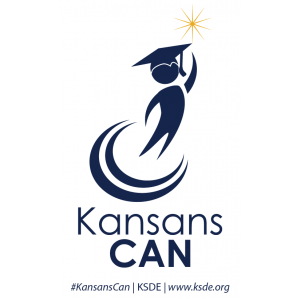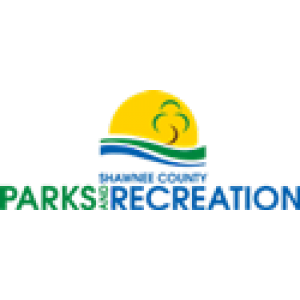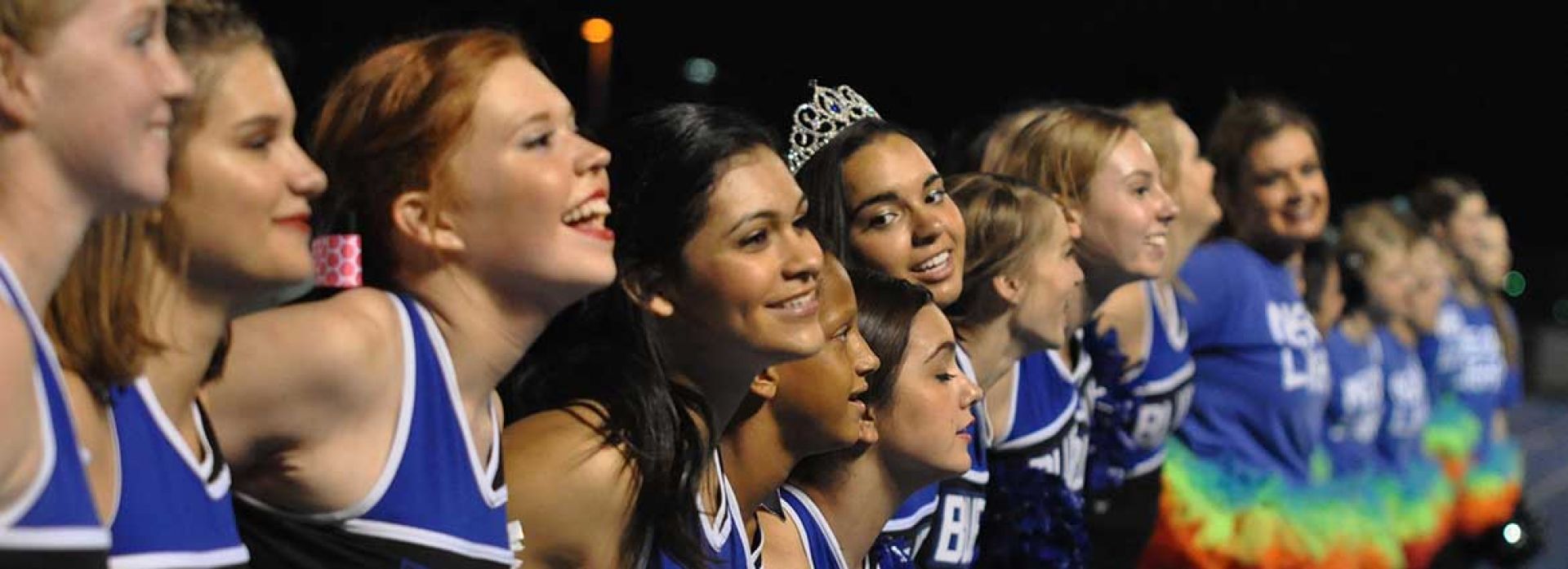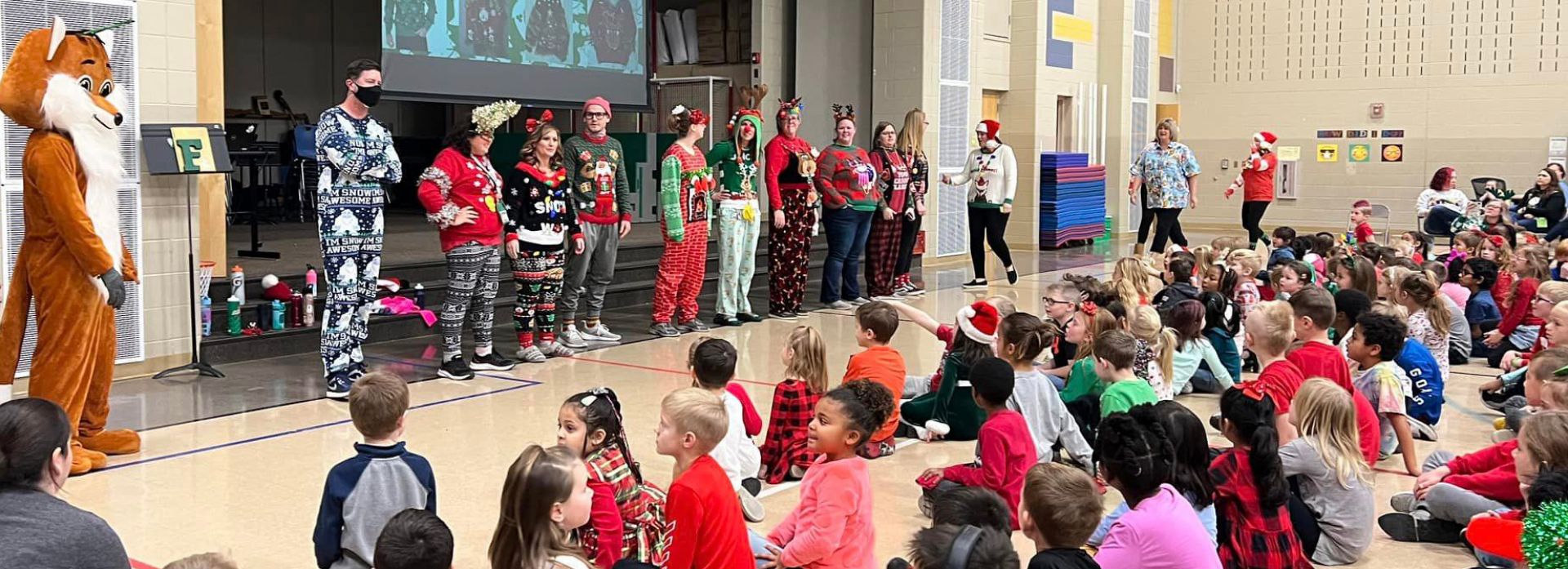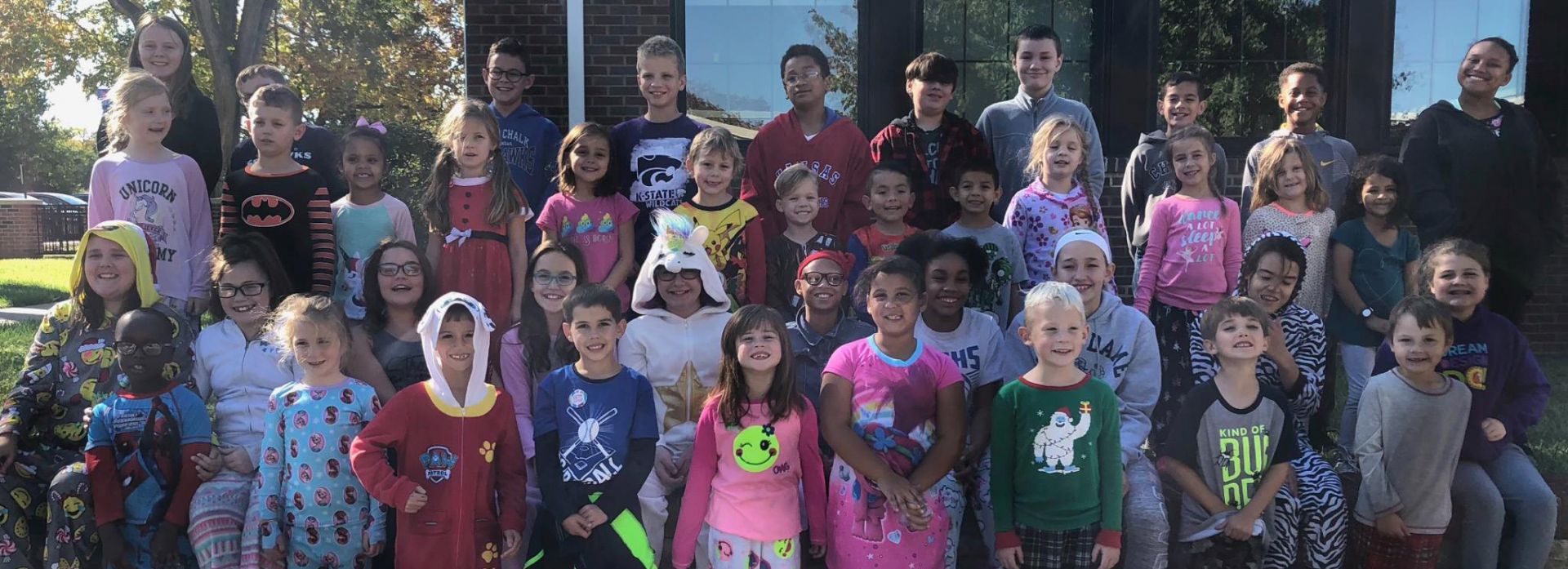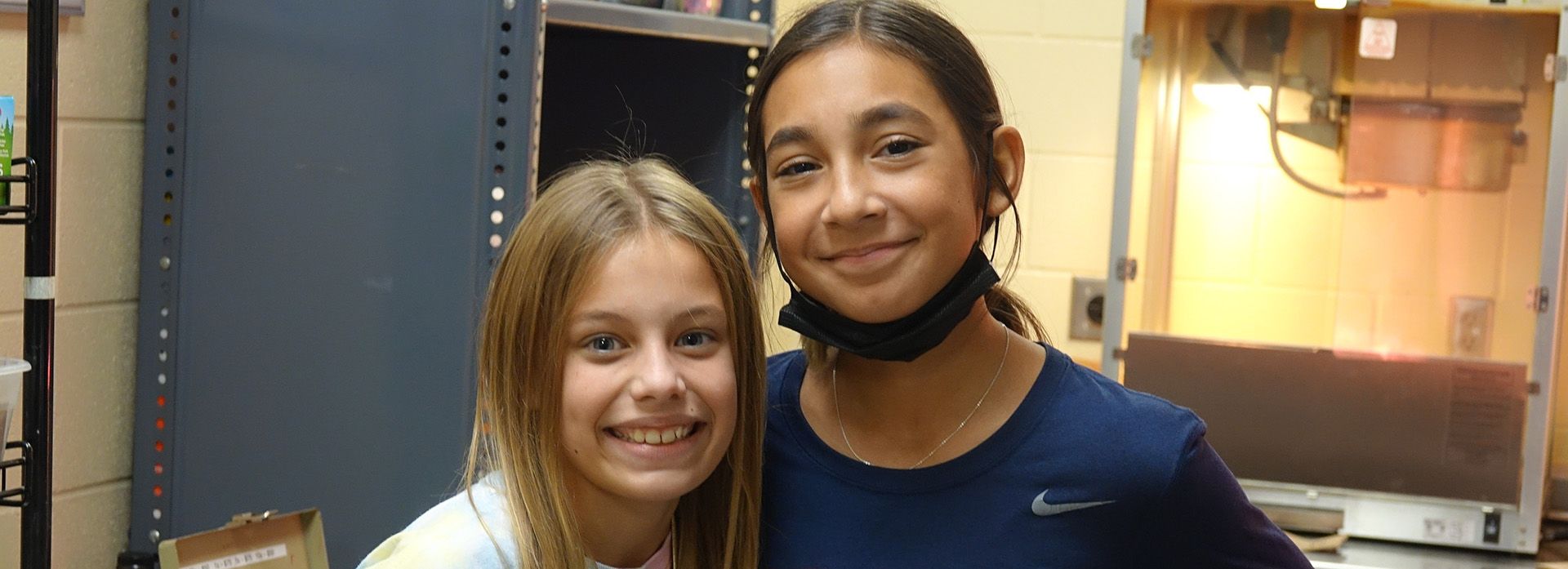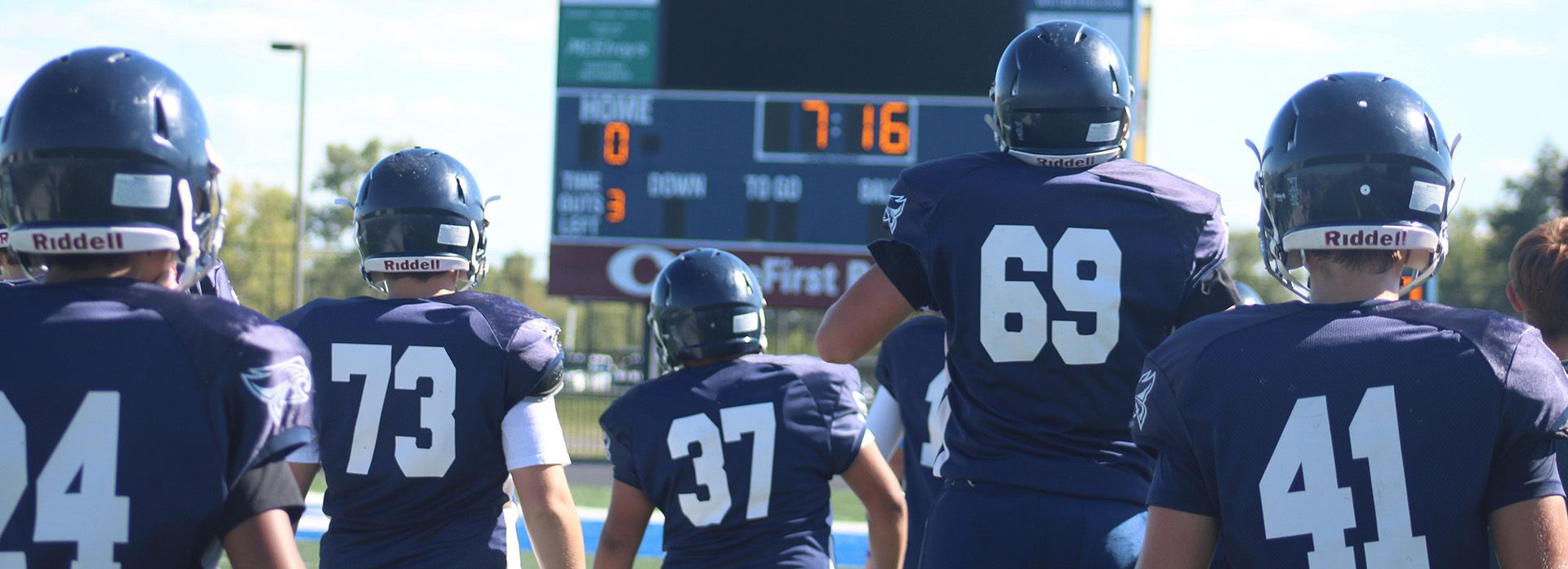ECH: Printing and Duplicating Services
The copyright laws of the United States make it illegal for anyone to duplicate copyrighted materials without permission. Severe penalties are provided for unauthorized copying of all materials covered by the act unless the copying falls within the bounds of the "fair use" doctrine.
Any duplication of copyrighted materials by district employees must be done with permission of the copyright holder or within the bounds of "fair use".
The legal or insurance protection of the district shall not be extended to school employees who violate any provisions of the copyright laws.
Copyright Regulations and "fair use" rules for educators.
The following must be published in all staff handbooks.
In accordance with school board policy ECH, the following regulations will be observed to comply with the copyright laws of the United States.
Under the "fair use" doctrine, unauthorized reproduction of copyrighted materials is permissible for such purposes as criticism, comment, news reporting, teaching, scholarship or research. If duplicating or altering a product is to fall within the bounds of fair use, these four standards must be met for any of the purposes:
The Purpose and Character of the Use
The use must be for such purposes as teaching or scholarship and must be nonprofit. Fair use would probably allow teachers acting on their own to copy small portions of work for the classroom but would not allow a school system or an institution to do so.
The Nature of the Copyrighted Work
Copying portions of a news article may fall under fair use but not copying from a workbook designed for a course of study.
The Amount and Substantiality of the Portion Used
Copying the whole of a work cannot be considered fair use; copying a small portion may be. At the same time, however, extracting a short sequence from a 16mm film may be far different from a short excerpt from a textbook, because two or three minutes out of a 20-minute film might be the very essence of that production and thus outside fair use. Under normal circumstances, extracting small amounts out of an entire work would be fair use, but a quantitative test alone does not suffice.
The Effect of the Use Upon the Potential Market for or Value of the Copyrighted Work
If resulting economic loss to the copyright holder can be shown, even making a single copy of certain materials is an infringement, and making multiple copies can result in greater penalties.
Prohibited Practice
No one may make multiple copies of a work for classroom use if it has already been copied for another class in the same institution; make multiple copies of a short poem, article, story, or essay from the same author more than once in a class term or make multiple copies from the same collective work or periodical issue more than three times a term; make multiple copies of works more than nine times in the same class term; make a copy of works to take the place of an anthology; and may not make a copy of "consumable" materials, such as workbook.
Permitted Practice
A teacher may make—for use in scholarly research, in teaching or in preparation for teaching a class—a single copy of the following: a chapter from a book; an article from a periodical or newspaper; a short story, short essay or short poem (whether or not from a collected work); a chart, graph, diagram, drawing, cartoons or picture from a book, periodical or newspaper; may make (for classroom use only and not to exceed one per student in a class) multiple copies of the following: a complete poem (if it has fewer than 250 words and is printed on not more than two pages), an excerpt from a prose work (if the excerpt has fewer than 1,000 words or 10 percent of the work, whichever is less) and one chart, graph, diagram, cartoon or picture per book or periodical.
A library may, for interlibrary-loan purposes, make up to six copies a year of a periodical published within the last five years, make up to six copies a year of small excerpts from longer works, make copies of unpublished works for purposes of preservation and security and make copies of out-of-print works that cannot be obtained at a fair price.
Guidelines for Off-Air Recording of Broadcast
Programming for Education Purposes
A broadcast program may be recorded off-air simultaneously with broadcast transmission (including simultaneous cable retransmission) and retained for a period not to exceed the first 45 consecutive calendar days after date of recording. Upon conclusion of such retention period, all off-air recordings must be erased or destroyed immediately.
Off-air recordings may be used once by individual teachers in the course of relevant teaching activities and repeated once, only when instructional reinforcement is necessary, in classrooms and similar places devoted to instruction within a single building, cluster or campus, as well as in the homes of students receiving formalized home instruction, during the first 10 consecutive school days in the 45 calendar day retention period. "School days" are school session days—not counting weekends, holidays, vacations, examination periods or other scheduled interruptions—within the 45 calendar day retention period.
Off-air recordings may be made only at the request of and used by individual teachers and may not be regularly recorded in anticipation of requests. No broadcast program may be recorded off-air more than once at the request of the same teacher, regardless of the number of times the program may be broadcast.
A limited number of copies may be reproduced from each off-air recording to meet the legitimate needs of teachers under these guidelines. Each such additional copy shall be subject to all provisions governing the original recordings.
After the first 10 consecutive school days, off-air recordings may be used up to the end of the 45 calendar day retention period only for evaluation purposes by the teacher, i.e., to determine whether or not to include the broadcast program in the teaching curriculum. They may not be used for student exhibition or any other non-evaluation purpose without authorization.
Off-air recordings need not be used in their entirety, but the recorded programs may not be altered from their original content. Off-air recordings may not be physically or electronically combined or merged to constitute teaching anthologies or compilations.
All copies of off-air records must include the copyright notice on the broadcast programs as recorded.
Computer Software
District employees may make a back-up copy of computer programs as permitted by current Federal Law. Back-up copies may be used for archival purposes only and all archival copies shall be destroyed in the event that continued possession of the computer program should cease to be rightful.
When software is used on a disk-sharing system, efforts shall be made to secure this software from copying.
Illegal copies of copyrighted programs shall not be made or used on school equipment.
Approved: July 20, 2009
